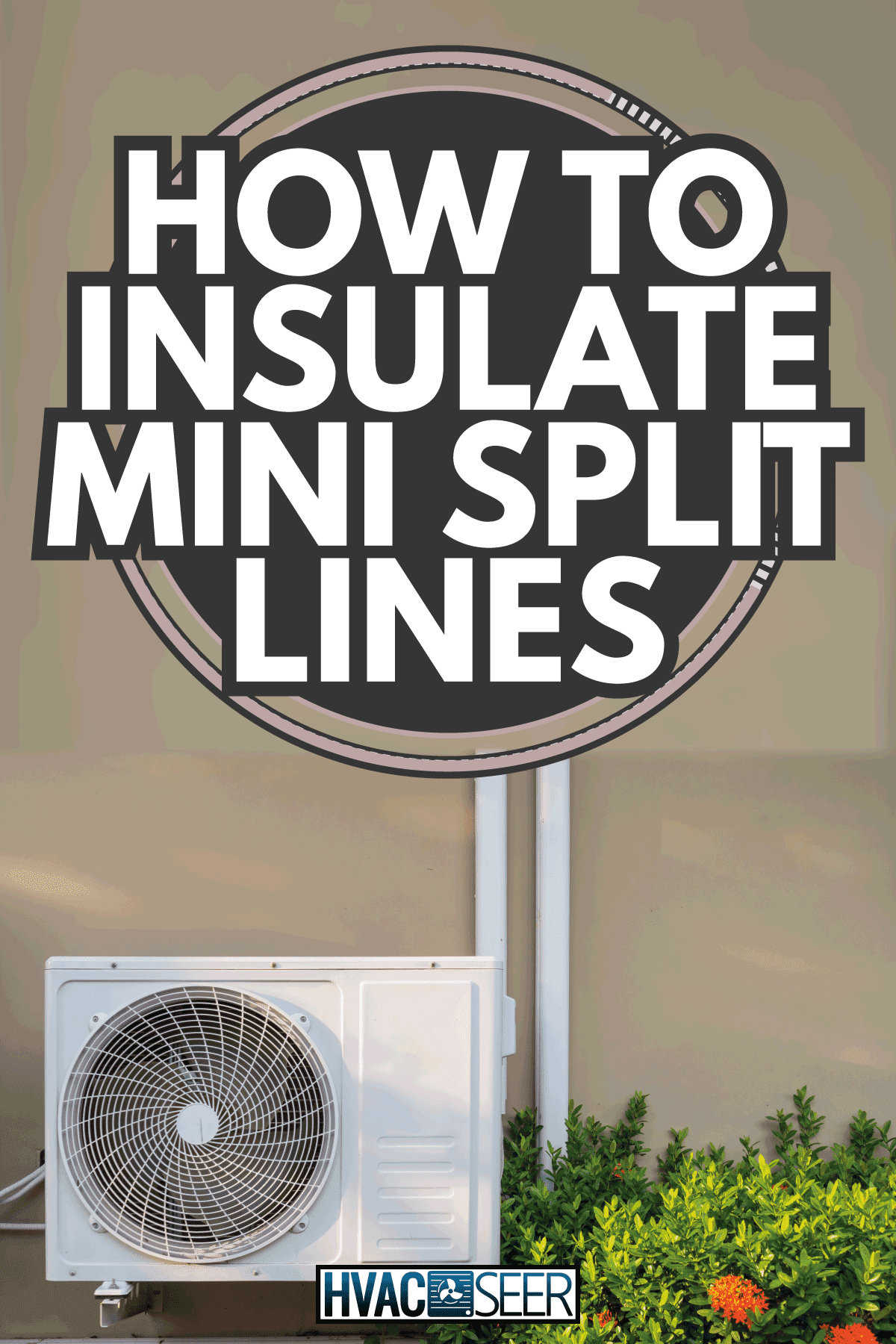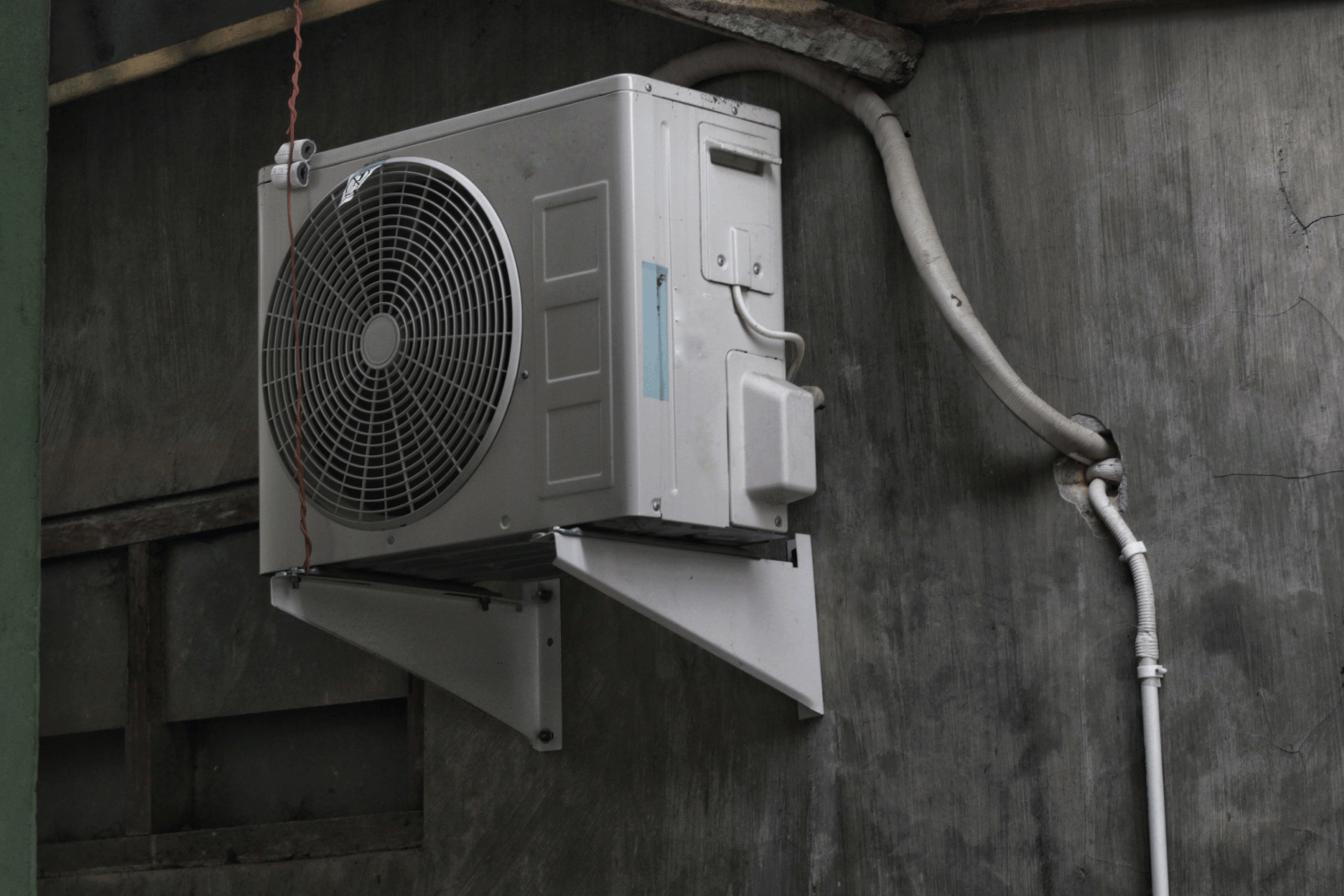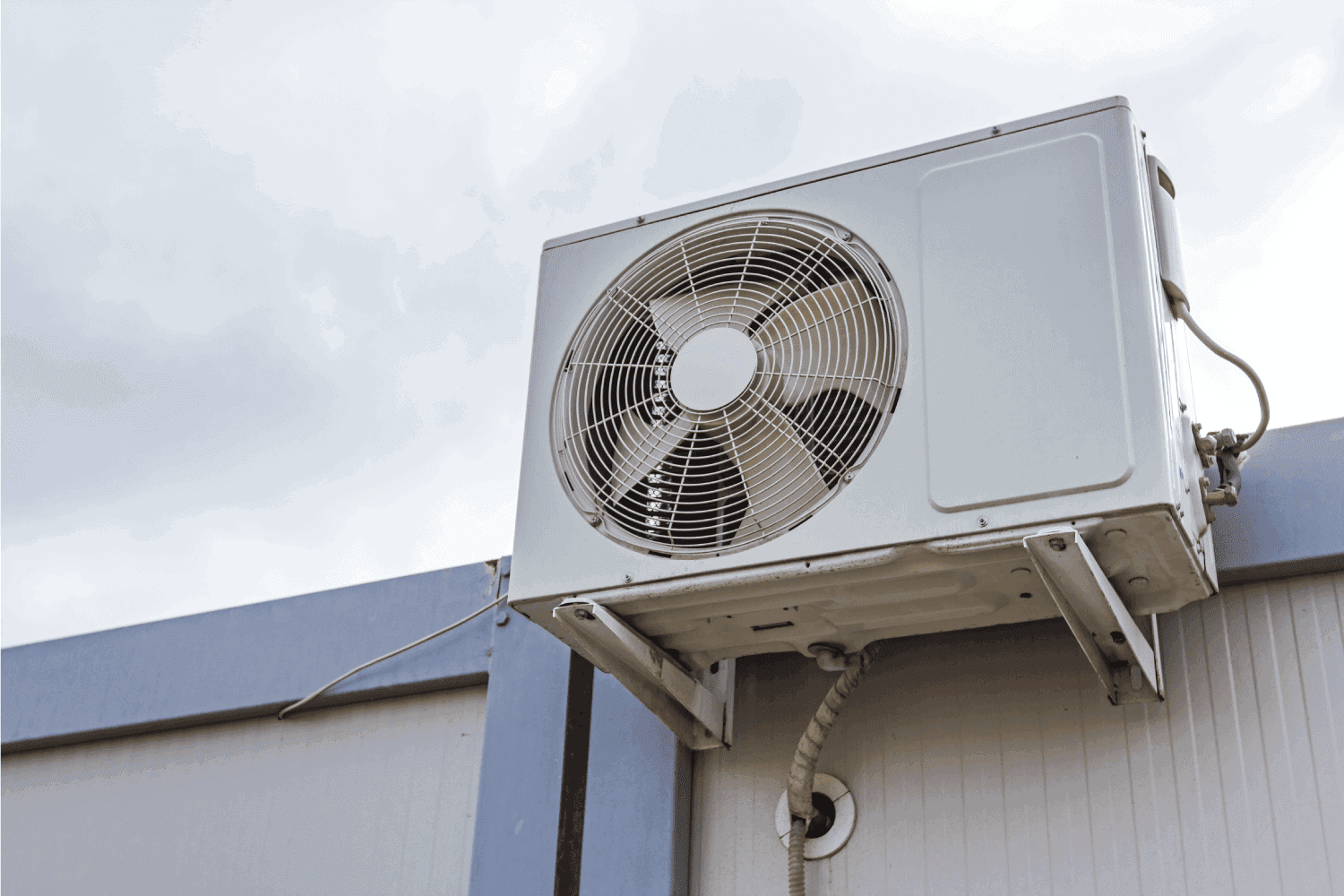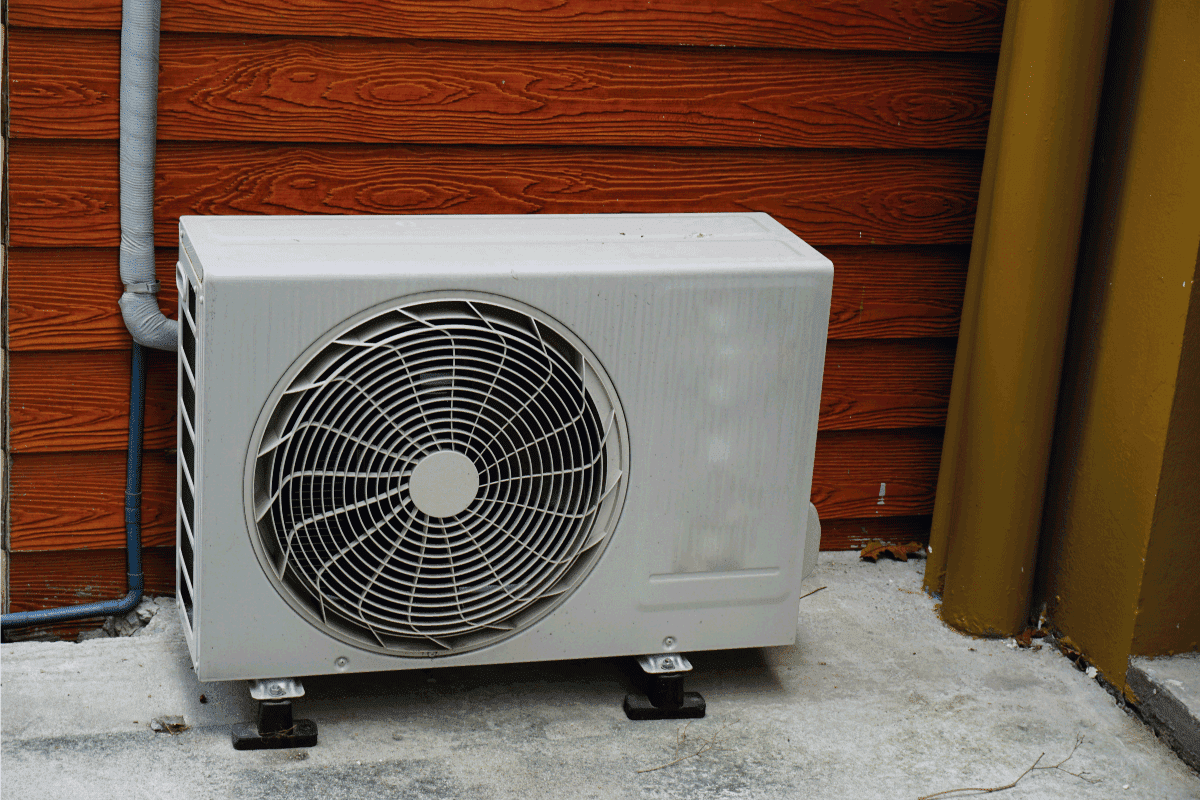Your mini-split ductless heat pump has uninsulated lines running from the indoor to the outdoor unit. To fix this, you are wondering how to insulate mini-split lines. We combine industry professional knowledge and up-to-date research to answer your question thoroughly in this post.
To insulate your mini-split lines, follow these directions:
- Gain Access to Lines
- If Needed, Separate Lines
- Gather Materials
- Wrap Lines
- Recover, Reattach, and Protect Lines
- Enjoy the Energy Savings
Keep reading the rest of this post for details on each of the above steps. This guide includes all you need to insulate your mini-split ductless heat pump lines successfully. To conclude, we answer several questions related to this post.

1. Gain Access to Lines
First, you will have to gain full access to both of the ductless mini-split lines. Often, this step is a no-brainer as the lines are easily accessible on an exterior wall. However, sometimes you will find that the lines are routed through an attic/other space or are covered by a line cover.
Attics or Other Spaces
Click here for eye and breathing protection from Amazon.
When the line set is in the attic, you may have to dig through insulation and enter uncomfortable spaces to gain line access. When doing this, be sure to wear the proper personal protective equipment. Most importantly, this includes eye and breathing protection.
Line Cover
It is very common for the lines that connect the indoor to the outdoor unit to be neatly covered with a plastic or metal line cover. These improve line longevity and system appearance. Usually, line covers are attached to the siding with screws or nails.

If screwed in place, remove the screws and set them aside for later. If nailed, carefully pry the nails loose with the goal of not damaging either the line cover or the siding.
2. If Needed, Separate Lines
Unfortunately, it is not uncommon for mini-split lines to be taped or wired together. However, mini-split manufacturers recommend that the lines are separated. One of the main reasons for this is that lines are much easier to insulate fully when separated.
If the lines are left together, there will be inevitable voids of air where the two rounded lines meet. These voids are excellent places for condensation to form, which will lead to line degradation and a loss of system efficiency.
3. Gather Materials
Now that you have access to each line measure them for insulation. You will need to get both the diameter of the lines and the total length of each line. Take note the liquid line and the suction line are likely to be of different diameters. For mini-split heat pumps, both lines need insulation.
With this information, you can shop for pre-formed line insulation. These will either be in your hardware store's plumbing or insulation section or can be purchased online. For the easiest application job, buy a product with a joint that is pre-taped.
Use Foam Insulation
Click here for 1/2-inch foam insulation from Amazon.
It is essential to use insulation that doubles as a vapor barrier. This is because the insulation needs to stop the movement of both air and temperature. Closed-cell pre-formed pipe foam insulation is the best. Any product above R-3 is sufficient.
Get a Tight Fitting Insulation
It is crucial to get tight-fitting insulation that leaves no gap between the line and the insulative material. Even tiny gaps will leave room for air to circulate next to the line.
Click here for a caliper measuring tool from Amazon.
Often, mini-split lines will be pre-insulated with white ceramic-like insulation. This is generally considered sufficient. However, you can also measure the diameter of this material and add additional insulation for even more energy savings.
Buy Several Feet Extra
Often, mini-split lines are a straight and simple shot from the wall of the home to the outdoor condenser unit. Other times, the lines are curved or incorporate 90-degree joints.
Either way, it is prudent to buy several extra feet of insulation just in case. The insulation is relatively cheap, and this saves the headache of a run to the store or reordering additional materials.
3. Wrap Lines in Pre-Formed Insulation
Now, it is time to apply the insulation. First, fit the insulation around the line. Then, once it is snug, pull off the protective strip and firmly press the adhesive sides together. This process is slightly more complicated for corners, insulation junctions, and line ends.
Corners
For 90-degree corners, cut the insulation for both sides at a 45-degree angle. Then, you can slide these together to meet perfectly at the corner. Then, use air sealing insulation tape or silicone caulk to join this joint.
Click here for air sealing tape from Amazon.
For other types of corners, just cut the insulation at half the angle of the corner. Fortunately, for most corners 33-degrees or less, you should be able to form the insulation around the corner without a need to make any cuts.
Insulation Junctions
For junctions, butt the two pieces of insulation together snugly. Then, use the insulation tape to wrap around the joint firmly. This completes the insulation and ensures that the joints are not a future problem area.
Line Ends
It is the most common practice to insulate to as close to the line ends as is feasible. Ideally, the entire line is wrapped to avoid condensation and energy loss. However, ensure that the line attachment points are accessible to make future repairs possible.

4. Recover, Reattach or Protect Lines
Now, you should consider recovering, reattaching, or protecting the newly insulated lines. The added bulk of the new insulation will often make the old line cover obsolete.
How do you protect mini split lines?
While the insulation itself adds some protection, this does not protect the lines from potential damage from being moved, climbed on by animals, or battered by the wind. This protection requires a new cover or some other attachment strategy.
Click here for a line cover kit from Amazon.
You can usually purchase a larger line cover to fit the newly insulated lines. Measure the width and depth of the lines when set next to each other on the wall to make sure the new cover fits.
Click here for a pipe hanger strap from Amazon.
If a line cover is not an option, consider wiring or somehow affixing the line set in place. Pipe hanger staps or gutter brackets are an excellent option for this job.
5. Enjoy the Energy Savings
Congrats, this relatively straightforward job comes with both energy savings and a better protected mini-split system. Enjoy!

Do mini split lines need to be insulated?
Yes, mini-split lines are prone to condensation without insulation, which leads to line degradation and system inefficiency. In fact, and according to the US Department of Energy, line insulation is a building code requirement.
Because of this, almost all modern HVAC installers will insulate your mini-split lines as a matter of course. These facts mean that only older mini-splits generally need additional insulation.
Can you run mini split lines inside the wall?
Yes, you can. If you have access to the walls during new construction or a significant remodel, running the mini-split lines inside the wall is possible.
Take note this is only feasible if you are also planning to insulate the wall. That wall insulation will act to protect the line from condensation and inefficiency.
Finally, the stakes are a little higher if you put the lines in the wall, as this makes repair or replacement work much more difficult, time-consuming, and costly.
How do you insulate air conditioner lines?
Generally, you can insulate air conditioning lines using the same techniques described above. That is to say, use pre-formed pipe insulation that is a snug fit for the lines.
Note that you do not want to insulate the smaller pipe, often called the liquid line. When the air conditioner is running, you will notice that this smaller line is generally warmer. Insulation would stop the loss of that heat, a loss that helps the appliance run more efficiently.

Additional Reading
To learn more about mini-split ductless heat pumps, read these great HVAC Seer articles:
- How Many Square Feet Can A Ductless Air Conditioner Cool?
- Do Heat Pumps Dry Out The Air?
- High-Velocity Air Conditioning Vs. Mini Split
In Closing
In this post, we provide directions for insulating ductless mini-split heat pump lines. To close, we answer several questions related to the topic of this post. Good luck!






